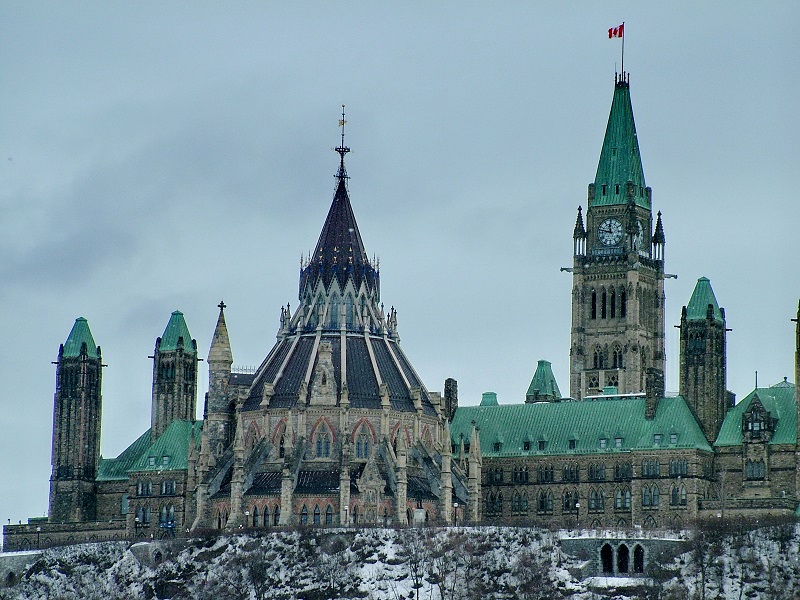
The federal minister in charge of aid to the unemployed says jobless Canadians who refuse to get vaccinated may find themselves blocked from benefits so long as public health concerns remain top of mind.
The Liberals have tacked conditions onto a suite of benefits payments saying none can go to workers who lose work or hours because they have refused to get vaccinated. The rules don’t apply to those who have a medical exemption.
Federal Employment Minister Carla Qualtrough says the decision was part economic to make sure workplaces weren’t shut down because of an outbreak and also to encourage more eligible Canadians to get a shot. Qualtrough says the rules are likely to stay in place so long as public health remains a top policy priority.
Read: Unvaccinated Nevada state workers to pay employee health insurance surcharge
The government’s latest round of benefits for hard-hit workers is scheduled to last until early May, though the Liberals have the power to extend aid until the summer if necessary. “As long as the collective public health of Canadians is jeopardized and our economy is thereby threatened, we’re going to have to keep public health policy top of mind in our employment and labour and economic decision-making. And I don’t know how long that will be.”
Qualtrough started as employment minister shortly after the October 2019 federal election, coming into the file at a time when the country had a historically low unemployment rate. The coronavirus pandemic changed everything starting in March and April 2020 when the first wave shut down much of the economy. Three million jobs were lost over those two months, while almost as many had their hours cut.
Read: Liberals to replace CERB with new benefit, simplified EI program at cost of $37B
By May 2020, the unemployment rate hit a historic high of 13.7 per cent as the government shut down the employment insurance system in favour of pandemic benefits like the Canada Emergency Response Benefit and its successor, the Canada Recovery Benefit. Federal aid was revamped again in December 2021. It’s now more targeted at the hardest-hit sectors and includes a $300-a-week benefit for workers who are subject to a lockdown.
The legislation that created the benefit says a lockdown is when a public health authority has ordered non-essential businesses closed and non-essential workers to stay home. However, the wording of the law allows cabinet to decide what region is in lockdown to qualify for the aid.
Qualtrough says the latest pivot in pandemic aid was conceived in the fall when the Liberals looked to create an insurance policy against whatever twist the pandemic threw next at the country. “We knew we had to make sure that if something like Omicron happened, that we still needed a tool to help Canadians who either would lose their jobs or would face reduced hours. But we knew the economy in September of 2021 looked very different than it did in September of 2020. So we couldn’t just continue with broad measures that maybe would disincentivize work or wouldn’t encourage maximum labour force participation.”
Read: Liberals introduce bill with targeted pandemic aid for employers, employees
The unemployment rate hit six per cent in November 2021 — or 0.3 percentage points above the level recorded in February 2020, just before the pandemic. And the share of working-age Canadians with a job hit its highest point ever.
Looking back to the start of the pandemic, Qualtrough says the government wanted to target spending at jobless workers rather than provide income-support to everyone in the country, some of whom, like seniors, were still getting their usual benefits despite the downturn. As the employment minister overseeing the best and worst labour markets, Qualtrough says she has been frustrated by the limits in the government’s toolkit to help hard-hit workers.
She points to outdated systems that need upgrading as one example and rules in the system that meant some people weren’t covered by all the moves the government made. “There were people who did not benefit in the way that they would have had we gone down the . . . wide, but less deep, model of helping everybody. I don’t think I would change it. I think we made the best decision for the people who were the most impacted, certainly at the time.”
Read: Head to head: Should Canada implement a universal basic income?
